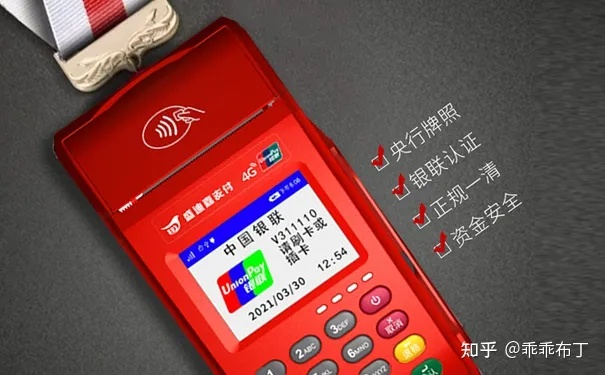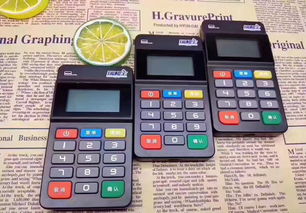Title:What is POS Machine in English
POS machine, which stands for point-of-sale machine, is a electronic device that allows businesses to process transactions in a fast and efficient manner. It is also commonly known as a cash register or收银机。 POS machines are designed with various functions such as accepting credit/debit card payments, scanning barcodes, printing receipts, and storing transaction data. They are widely used in retail stores, restaurants, gas stations, and other businesses to help manage their daily operations. With the advancement of technology, POS machines have become more sophisticated and feature-rich, including mobile payment capabilities, inventory management systems, and online ordering options. Overall, POS machines play a crucial role in streamlining business operations and improving customer experience.
POS machine, short for Point of Sale system, refers to the electronic device used by retailers to process credit card transactions. It is an essential tool for businesses that sell goods and services in exchange for money. In this article, we will discuss what POS machine means in English, its components, and how it works.

Components of a POS Machine
A typical POS machine has four main components: the display screen, the keyboard, the card reader, and the receipt printer. The display screen displays various information such as the transaction amount, customer details, and any error messages. The keyboard allows users to enter the amount of payment or enter a discount code if applicable. The card reader reads the credit or debit card information and verifies it against the merchant's records. Finally, the receipt printer prints out a receipt for the customer after the transaction is completed.
Functions of a POS Machine
The main function of a POS machine is to facilitate transactions between customers and businesses. Here are some of the specific functions that a POS machine performs:
1. Accepting payments: A POS machine can accept various types of payments, including cash, checks, debit cards, and credit cards. It can also handle multiple currencies and languages.
2. Processing transactions: When a customer makes a purchase, the POS machine processes the transaction by calculating the total amount due based on the item price, tax rate, and any discounts applied. It then deducts the amount from the customer's account or issues a refund if necessary.
3. Store management: A POS machine can store data about each transaction, such as the date, time, location, items purchased, and customer information. This data can be used to generate reports and analyze sales trends over time.
4. Marketing tools: Many POS machines come with marketing features that allow businesses to promote special offers or track customer preferences. For example, they may offer loyalty programs or collect data on which products are most popular among customers.
How Does a POS Machine Work?

To understand how a POS machine works, let's break down its basic operation steps:
1. Customer selects an item: The customer selects the item they want to purchase from the menu displayed on the POS machine screen.
2. Payment processing: The POS machine prompts the customer to enter their payment method (e.g. cash, credit card). If using a credit card, the machine will prompt for security code or signature verification. Once payment is confirmed, the POS machine updates its internal records accordingly.
3. Calculation of total amount: Based on the cost of each item purchased and any applicable taxes or discounts, the POS machine calculates the total amount due to the customer.
4. Receipt printing: After the transaction is complete, the POS machine prints out a receipt for the customer to take with them. This receipt typically includes details such as the items purchased, subtotal, tax amount, and total amount paid.
Conclusion
In conclusion, a POS machine is an essential tool for businesses that want to accept credit card payments and manage their transactions efficiently. It plays a crucial role in facilitating transactions between customers and businesses by accepting payments, processing transactions, managing store data, and providing marketing tools. Understanding how a POS machine works can help businesses make informed decisions about which devices to use and how to optimize their operations for maximum efficiency.
以下是与本文知识相关的文章:



